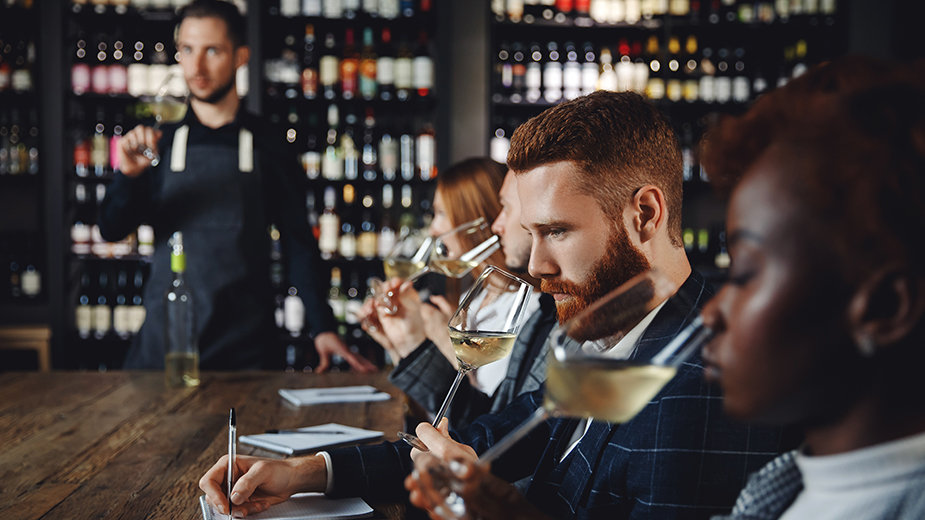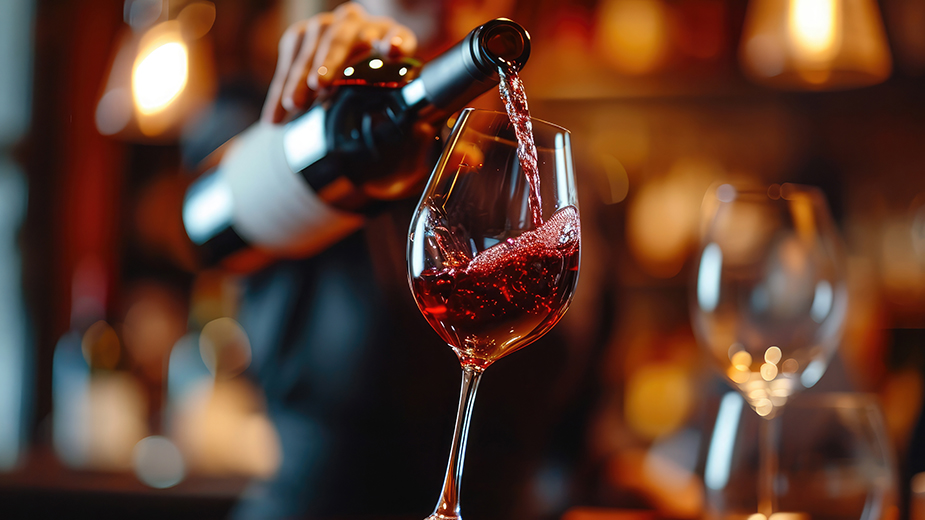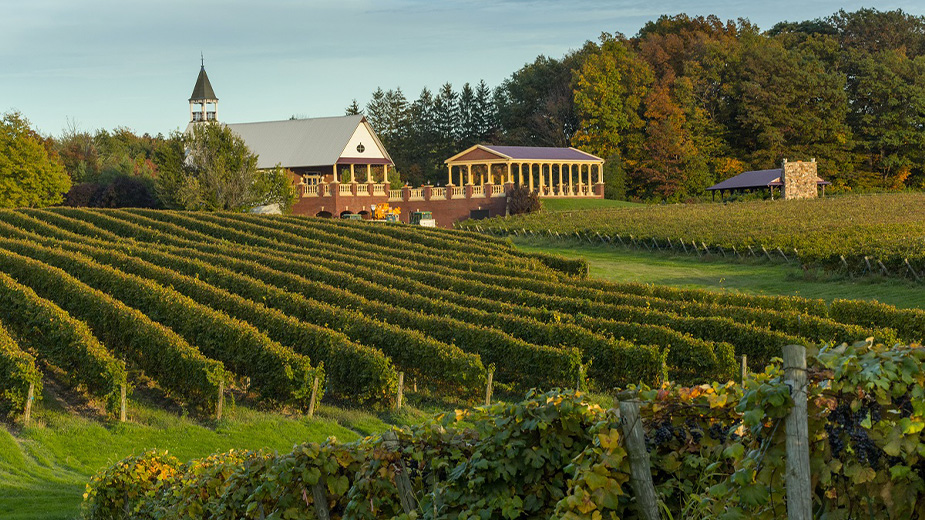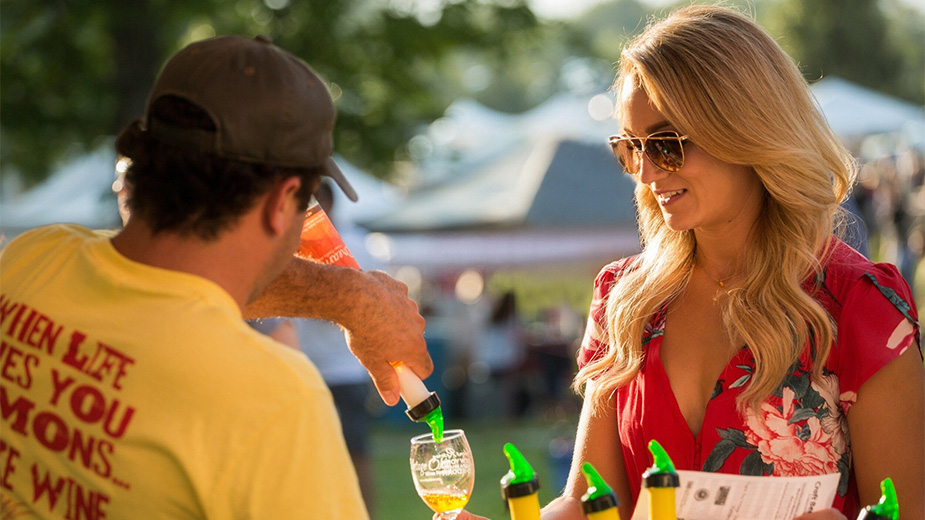Becoming a Wine ‘Expert’
By Donniella Winchell
Executive Director, Ohio Wine Producers Association
GENEVA, Ohio – As our region becomes ever more identified with wines and wineries, a growing number of people who would never have been interested in grapes have learned to enjoy this amazing beverage of culture, heritage, history and fine cuisine.
I often wonder if Mark Spitz would have become a swimmer if he did not live near a pool – or if Tiger Woods would have become a champion golfer if he had grown up in a different place and time.
For those who might want to explore the wonderful world of wine, we are a little luckier than most – we live in the midst of wine country and can visit a nearby vineyard to practice our pronunciation skills and hone our taste buds. So, if you are new to the world of wine, and a little intimidated by it, plan a trek to a local winery and begin the delightful process of learning how to pick a great wine for dinner.
Before you start, beyond all else, remember to ultimately trust your own taste preferences. The very “best” wine is the one that you most enjoy. While traditional “rules” dictate that a heavy, complex red wine might not complement a delicate grilled walleye filet, it still makes no sense to purchase something that does not taste good to you.
First, spend an afternoon or two at one or more local wineries. Chat with the winemaker, begin to pick up the jargon, then plan ahead to do some at-home research to polish your skills.
Pairing food and wine is a great way to begin the journey. Some food and wine pairings suggestions are based on common sense, so you might want to at least start with a food and wine event, where you can explore a myriad of styles and varieties of wine and bring some home.
Then, identify a group of folks who might like to share in the fun and plan an informal dinner gathering where you will do some joint “research.” Serve a light white meat entrée (fish or chicken) and ask one guest to bring along a local vidal blanc (a little sweet). Another should find a favorite Riesling (often somewhat dryer) and someone else should select a Chardonnay (usually quite dry and sometimes “oaky”). Everyone around the table can taste, comment, compare and identify his or her own favorite pairings.
And do not limit your research to a meal experience. We have some great local chocolates and some amazing regional cheeses. Select a couple of cheeses, pair bigger reds with more pungent cheeses and some crusty bread. Softer, more mild cheeses with some lighter white wines and herb cracker. And then, chocolates: white chocolate with white wines, bigger bolder red wines with darker chocolates.
It’s a fun way to “practice” pairings on a sunny Sunday afternoon or a cool evenig with a gathering of family and friends sitting around a firepit.
Once you have identified your favorite wine styles and food combinations, you might not pass a “Master of Wine” exam but you will be ably equipped to make an appropriate wine selection at the next restaurant you visit with family, friends or business associates.
You will also feel confident enough to share why you made the decision, what others can expect from the taste combinations – and be perceived as the “wine expert” you have truly become.
Copyright 2024 The Business Journal, Youngstown, Ohio.



